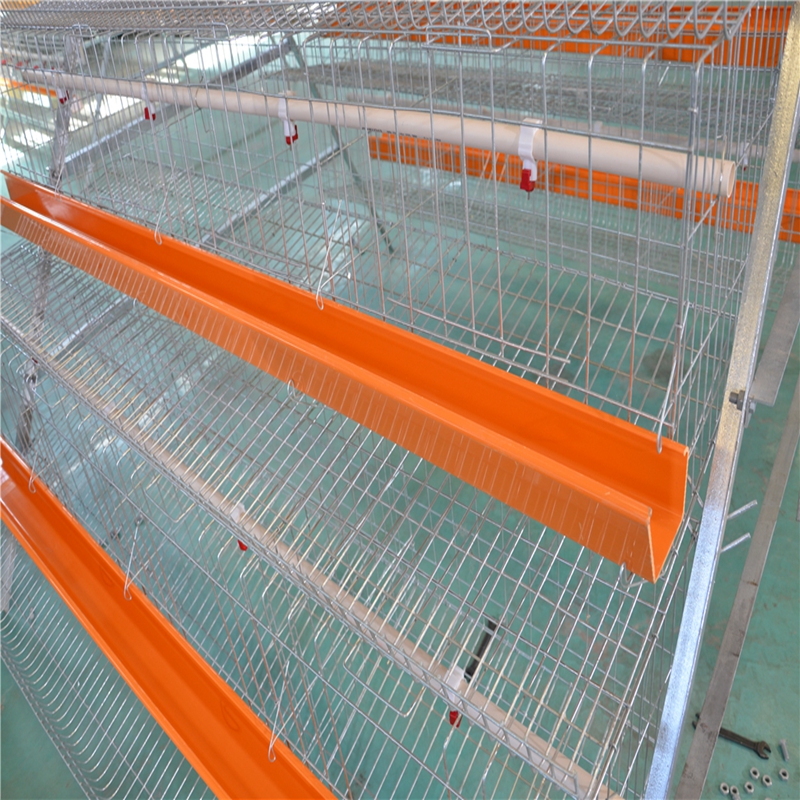Innovative Designs for Sustainable Large-Scale Poultry Housing Solutions
Nov . 24, 2024 15:10 Back to list
Innovative Designs for Sustainable Large-Scale Poultry Housing Solutions
The Future of Large-Scale Poultry Housing Innovations and Sustainability
Poultry farming plays a crucial role in global agriculture, providing a vital source of protein for billions of people. As the demand for poultry products continues to rise, large-scale poultry housing has become increasingly important. This article explores the advancements and sustainability practices in large-scale poultry housing, highlighting how they contribute to efficient production and animal welfare.
Advancements in Poultry Housing Design
Large-scale poultry housing has evolved dramatically in recent years. Traditional production methods have been replaced by innovative systems designed to maximize efficiency and improve the living conditions of the birds. Modern poultry houses are equipped with advanced ventilation systems, climate control technology, and automated feeding and watering mechanisms. These technologies ensure that the birds are kept in optimal conditions, promoting growth and reducing stress.
One remarkable innovation is the integration of smart technology into poultry housing. Internet of Things (IoT) devices allow farmers to monitor various environmental parameters, such as temperature, humidity, and ammonia levels, in real time. This data-driven approach enables timely interventions, such as adjusting heating or cooling systems to maintain a healthy living environment for the flock. Additionally, automated systems for feeding and manure management reduce labor costs and enhance overall productivity.
Sustainability in Poultry Production
As concerns about food production's environmental impact grow, sustainability practices in large-scale poultry housing have gained significant attention. Poultry farms are being designed to minimize waste and reduce their carbon footprint. For instance, many facilities are now incorporating energy-efficient designs, utilizing renewable energy sources like solar and wind power. This transition not only cuts operational costs but also contributes to a more sustainable agricultural system.
Furthermore, waste management systems have improved dramatically. Instead of simply disposing of manure, modern poultry houses often utilize anaerobic digestion to convert waste into biogas, which can be used as a renewable energy source. This process not only reduces pollution but also provides an additional revenue stream for farmers.
large scale poultry housing

Animal Welfare Considerations
In recent years, there has been a growing awareness of animal welfare in large-scale poultry housing. Consumers are increasingly concerned about how animals are treated in industrial farms, leading to demands for better living conditions. In response, many producers are implementing enriched housing systems that provide more space and opportunities for natural behaviors, such as perching, foraging, and dust-bathing.
Implementing these welfare-oriented practices often requires a shift in design and management but can enhance the overall health of the birds and, as a result, their productivity. Healthier birds are less prone to illness, which means fewer antibiotics and veterinary interventions. Additionally, consumers are often willing to pay a premium for products from farms that prioritize animal welfare, creating economic incentives for producers to adopt these practices.
Economic Viability and Future Trends
The transition to improved large-scale poultry housing systems presents challenges, particularly for smaller operations that may struggle with the upfront costs associated with modernization. However, the long-term benefits of increased efficiency, sustainability, and consumer demand for ethically produced food can outweigh these initial investments. Furthermore, government incentives and subsidies can help ease the financial burden on farmers.
Looking forward, the importance of large-scale poultry housing will only grow as the global population continues to expand. Innovations in technology and a focus on sustainable practices will play a critical role in meeting the increasing demand for poultry products. As the industry evolves, it is essential that farmers, consumers, and policymakers work together to support practices that ensure a sustainable and ethical future for poultry farming.
In conclusion, large-scale poultry housing is poised for a transformation that combines efficiency, sustainability, and animal welfare. As the poultry industry embraces innovation, it paves the way for a more responsible and productive future.
-
Hot Sale 24 & 18 Door Rabbit Cages - Premium Breeding Solutions
NewsJul.25,2025
-
Automatic Feeding Line System Pan Feeder Nipple Drinker - Anping County Yize Metal Products Co., Ltd.
NewsJul.21,2025
-
Automatic Feeding Line System Pan Feeder Nipple Drinker - Anping County Yize Metal Products Co., Ltd.
NewsJul.21,2025
-
Automatic Feeding Line System - Anping Yize | Precision & Nipple
NewsJul.21,2025
-
Automatic Feeding Line System - Anping Yize | Precision & Nipple
NewsJul.21,2025
-
Automatic Feeding Line System-Anping County Yize Metal Products Co., Ltd.|Efficient Feed Distribution&Customized Animal Farming Solutions
NewsJul.21,2025






